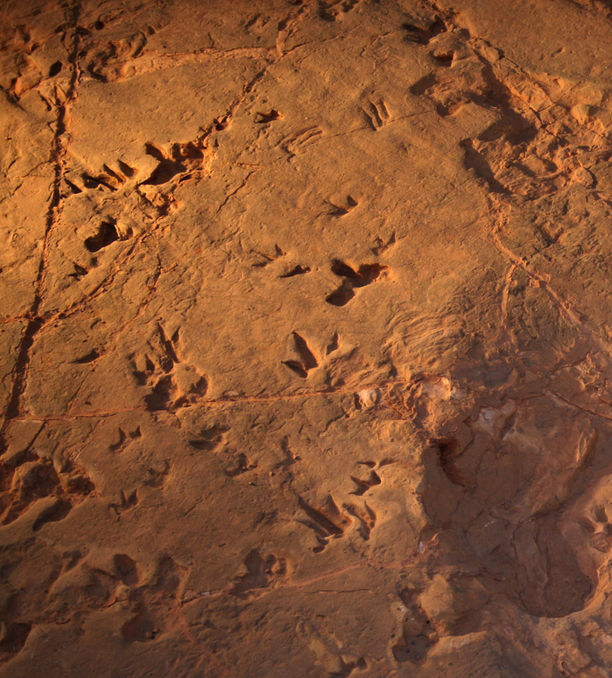Dino destruction detailed
 US scientists have some new ideas on what wiped out the dinosaurs.
US scientists have some new ideas on what wiped out the dinosaurs.
The Earth took some heavy hits at the end of the Cretaceous period, leading to the end of three-quarters of life on the planet.
While the classic theory says the mass-extinction was caused by the fallout of a giant meteor strike, it now appears that things were not all that great before Chicxulub landed.
New evidence found by US scientists suggests that, contrary to popular theory, massive volcanic eruptions started Earth's downfall, and the devastating meteorite strike finished it off.
The findings, which stem from a detailed analysis of fossils in Antarctica, indicate the double kill mechanism over a period of a few hundred thousand years.
Non-avian dinosaurs, along with three-quarters of the planet’s species, were wiped out during a mass extinction event at the boundary of the Cretaceous and Paleogene periods, approximately 66 million years ago.
The cause of this event is still debated, though it is commonly believed that the impact of the giant Chicxulub meteorite was the primary cause, and the eruption of the massive Deccan Traps volcanic province in India came in as a secondary mechanism.
However, the close timing of these two events, and incomplete fossil records, has made them difficult to distinguish.
A team from the University of Michigan has studied the extinction event in a high-quality, complete fossil record from Seymour Island, Antarctica.
Using a new geochemical approach - carbonate clumped isotope palaeothemometry - they are able to more accurately calculate changes in temperature recorded in the shells of molluscs across the Cretaceous-Palaeogene boundary.
The authors show that species extinction coincided with two rapid spikes in temperature, with the first event being synchronous with the onset of volcanism at the Deccan Traps, and the second, smaller event more similar in timing to the actual Cretaceous-Palaeogene boundary and Chicxulub meteorite impact.
The authors propose that the pre-boundary extinction event increased ecosystem stress, making it more vulnerable to a second event once the meteorite struck.
However, they concede that separating the respective roles of volcanism and meteorite impact regarding this second event remains difficult.








 Print
Print